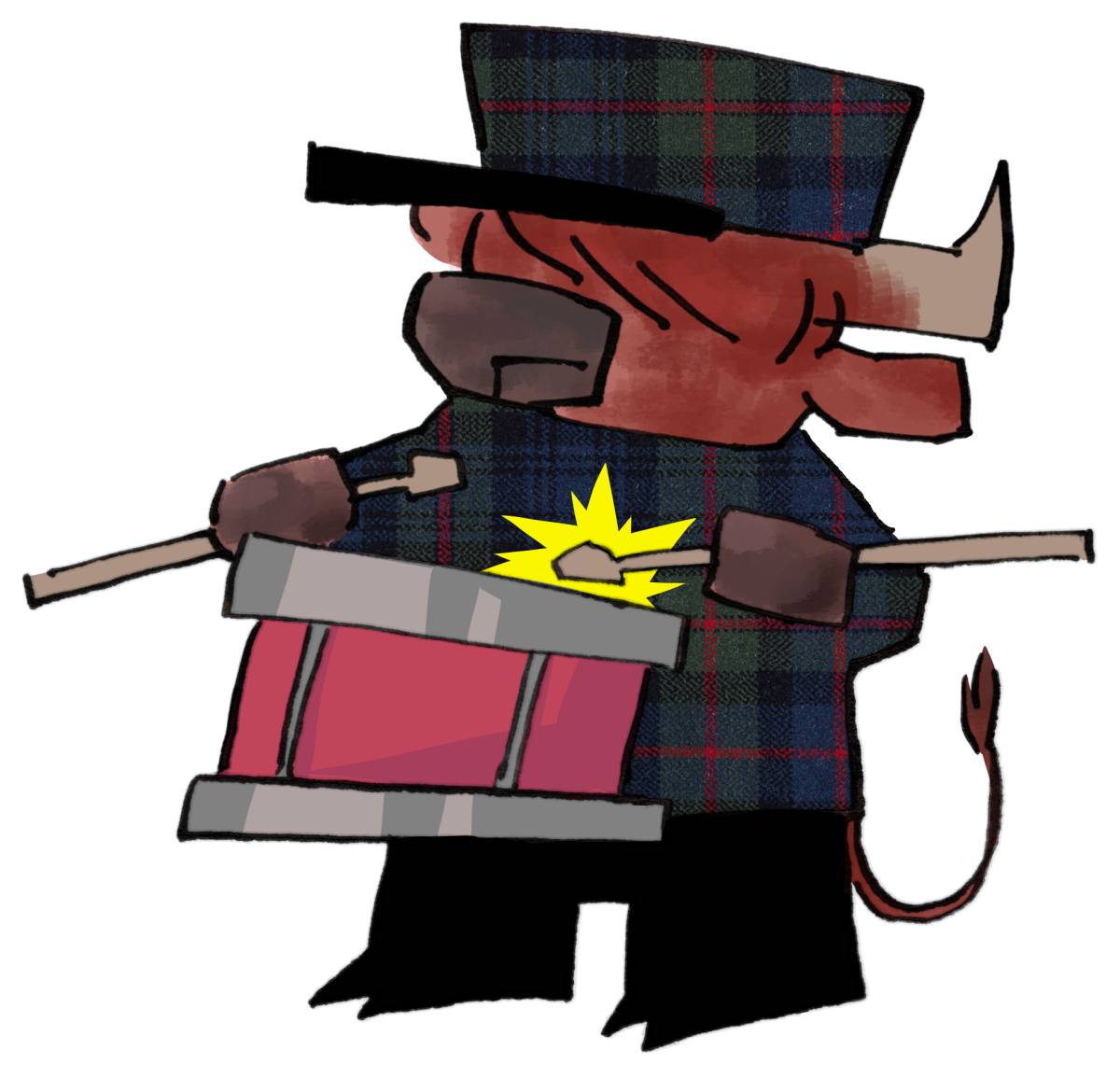
ST. PAUL — Have you recently noticed some mysterious, brightly colored, shiny buses traveling the 84’s usual route on Snelling? Have you wondered exactly what’s going on with these fancy new buses, or when the recently constructed new bus shelters will be liberated from the fences that currently surround them?
Wonder no more, Macalester: The A Line, the Twin Cities’ first arterial, urban bus rapid transit (BRT) line is now set to open on June 11. What’s BRT, you ask, and how is the A Line going to improve transit service on Snelling and differ from the current 84 service?
The concept behind BRT is simple: provide faster, more streamlined service to an area that already has transit connections but could be strengthened by new investment. BRT is seen as an alternative to forms of urban rail like light rail (the Green Line) or modern streetcars, as it does not create as much disruption during construction or require wide streets.
Most importantly for the fiscally-minded, though, it costs far less than light rail projects. While the Green Line cost nearly $1 billion, the A Line has cost far less, at $27 million. Although the A Line will travel in regular traffic lanes as the 84 line already does, BRT does take other forms. For example, a proposed BRT line from Union Depot in downtown St. Paul out to the east metro would be Dedicated Lane, meaning that it would have its own lane of travel in both directions.
Metro Transit determined that having a dedicated lane for BRT on Snelling would create too many disruptions and would not actually solve the majority of traffic issues for the buses, so they decided to keep the line within traffic like the current 84 bus.
“We are making the bus trip faster by targeting the sources of delay that we see now on the Route 84 and local buses like it. It will shorten the trip, first of all, by stopping less often — every half mile as opposed to every block like the 84,” Katie Roth, Metro Transit’s Project Manager for Arterial Bus Rapid Transit, said.
Although making fewer stops is a relatively low-tech solution, the A Line buses will be equipped with special technology that will also help make the trip from Rosedale to the 46th Street Station shorter than before.
“Another way to make trips more efficient is by implementing transit signal priority, where the bus can communicate [via a computer system] with traffic signals along the corridor to get a few more seconds of a green light or shorten a red light to keep moving along the corridor,” Roth explained. The new buses will also ride lower to the ground, for easier entry and exit, and have a wider back door to facilitate quick passenger movement. A last major time-saver will be the payment mechanism for the A Line.
“We are also taking fare payment off the bus. Customers will pay at the station itself, with cash or their Go-To Card, and will be able to board the bus right when it arrives,” Roth said.
Metro Transit police will be boarding the buses, as with light rail trains, to ensure payment by checking fares.
Planning for the A Line began relatively recently, in the scope of transit projects, as BRT lines are much simpler to execute than light rail.
“Back in 2011-12, Metro Transit conducted a study of a dozen of the busiest arterial bus lines in the Cities and looked at how arterial BRT could speed up trips and improve facilities. As a part of that project, the Snelling-Ford Parkway current 84 route rose to the top, based on its strong connection to both light rail lines, ridership today and potential for future growth,” Roth said.
Indeed, Metro Transit projects a doubling of ridership on the A Line compared to the 84, from about 4,000 daily riders now to around 8,000 by 2030. The engineering and construction process has proceeded efficiently and Roth is confident that all will be ready for the planned opening this summer.
“We started in-depth planning in 2012, started engineering work in 2014, began construction in July of 2015 and had finished all civil construction by December 2015. Between now and our opening date, we will be finishing up the installation of lights, heaters, ticket machines and other technical elements,” Roth said.
The new station shelters, which Mac students have likely seen at both Snelling and Grand and Snelling and St. Clair, will feature benches, bike loops, informational electronic signs, preboarding payment kiosks and heating elements.
The 84 line, though, will not be going away entirely.
“The A Line will substantially replace a lot of the Route 84 services — all [but the] main service from Rosedale to the 46th Street light rail station. The branch line of the 84, the 84 Davern, will continue to run every 30 minutes to provide service to Davern and West 7th Street,” Roth said.
The A Line, which will run every 10 minutes from approximately 4:00 a.m.–1:30 a.m., Roth explained, is the first in a series of a dozen or so BRT lines that Metro Transit has plans to implement between now and 2030.
“We plan to open the line on June 11, and are on track to meet that timeline,” Roth said.
Metro Transit’s next planned BRT line is the C Line, which will substantially replace the current Route 19 service on Penn Avenue North and into the suburb of Brooklyn Center north of Minneapolis. “Next, we will be turning our attention to the C Line, which will be going into the engineering phase this spring. We are targeting construction in the spring of 2017,” Roth said.




Blake Carr • Sep 11, 2019 at 9:51 pm
What’s Taking place i am new to this, I stumbled upon this I’ve found It absolutely useful and it has helped me out loads. I hope to contribute & help different customers like its aided me. Good job.
Grace Howard • Sep 10, 2019 at 3:33 pm
I don’t even know how I ended up here, but I thought this post was good. I do not know who you are but certainly you’re going to a famous blogger if you are not already 😉 Cheers!
Adrian Pullman • Sep 6, 2019 at 9:12 pm
some truly terrific work on behalf of the owner of this website , dead great subject material.